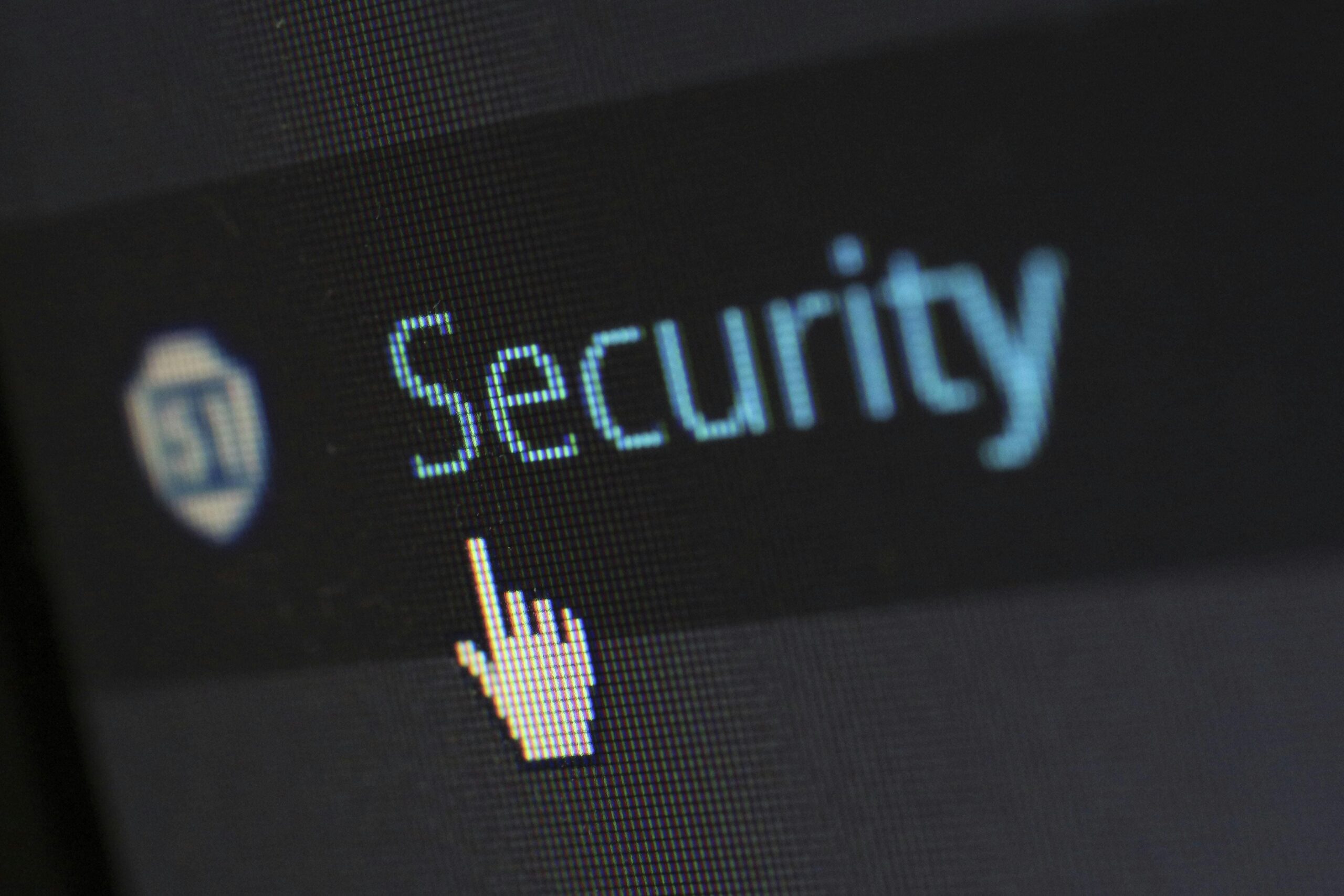Securing Remote Work: The Ultimate Guide to Cybersecurity Tools for Enhanced Protection
As the landscape of work evolves, remote work has become increasingly common. The proliferation of remote work has brought about unprecedented opportunities for flexibility and productivity.
However, it has also introduced significant cybersecurity challenges. With
employees accessing sensitive company data from various locations and devices, securing remote work environments has become paramount for businesses.
I- The Challenges of Cybersecurity in Remote Work
- Endpoint Security: With employees accessing company networks from various devices and locations, endpoint security becomes paramount. Vulnerabilities in endpoints, such as laptops and smartphones can serve as entry points for cyber-attacks.
- Data Protection: Working remotely often involves the transmission and storage of sensitive data outside the traditional corporate perimeter. Therefore ensuring data protection and compliance with some regulations becomes challenging.
- Phishing and Social Engineering: Remote workers may be more susceptible to phishing attacks and social engineering tactics, especially when operating outside the secure confines of the office network.
- Secure Remote Access: Providing secure remote access to corporate resources without compromising security is a significant challenge. Implementing strong authentication mechanisms and encryption protocols is essential.
II- The Solutions for Remote Work Cybersecurity:
· Virtual Private Networks VPN: VPNs provide a secure tunnel for remote workers to access company networks. Which means they help protect data in transit and ensure privacy and confidentiality.
§ A VPN encrypts internet traffic, ensuring secure communication between remote devices and the company network.
§ It masks users’ IP addresses, making it difficult for hackers to track their online activities.
§ Look for VPN solutions that offer strong encryption protocols, multi-factor authentication, and a no-log policy to maximize security.
· Endpoint Protection Software: Endpoint protection solutions offer threat detection and prevention on remote devices, so features like antivirus, firewall, and intrusion detection help safeguard endpoints from malware and other cyber threats.
§ Endpoint protection software defends individual devices (laptops, smartphones, etc.) from malware, ransomware, and other cyber threats.
§ Features may include real-time scanning, firewall protection, and behavior-based detection to identify suspicious activities.
§ Choose solutions that provide centralized management and automatic updates to ensure all devices are consistently protected.
· Multi-Factor Authentication (MFA): MFA adds an extra layer of security by requiring users to provide multiple forms of verification to access accounts. Effectively, this helps mitigate the risk of unauthorized access, even if passwords are compromised.
§ MFA adds an extra layer of security by requiring users to provide multiple forms of verification to access accounts.
§ Implement MFA for critical systems and applications to mitigate the risk of unauthorized access, even if passwords are compromised.
§ Consider using biometric authentication, such as fingerprint or facial recognition, for enhanced security.
· Security Awareness Training: Educating remote workers about cybersecurity best practices is crucial. Ultimately, regular training sessions on topics such as phishing awareness, password hygiene, and safe browsing habits can help prevent security breaches.
§ Letting employees know about cybersecurity best practices is crucial for preventing breaches.
§ Provide regular training sessions covering topics like phishing awareness, password hygiene, and safe internet browsing habits.
§ Push employees to report any suspicious emails or activities promptly.
· Secure Cloud Storage:
§ Cloud storage services offer convenient access to files from anywhere, but security is paramount.
§ Opt for reputable cloud storage providers that offer end-to-end encryption, data loss prevention, and robust access controls.
§ Encourage employees to use strong passwords and enable two-factor authentication for added security.
· Secure Video Conferencing Tools:
§ With the rise of remote meetings, it’s essential to choose video
conferencing tools with strong security features.
§ Look for platforms that offer end-to-end encryption, password protection
for meetings, and features like waiting rooms to control access.
§ Inform employees on best practices for secure video conferencing, such as
avoiding public Wi-Fi networks and updating software regularly.

III- Best Practices for Cybersecurity in Remote Work:
· Establish Clear Policies: Develop and communicate clear remote work security policies outlining acceptable use of company resources, data handling procedures, and security protocols.
· Regular Software Updates: Ensure that all remote devices, applications, and systems are regularly updated with the latest security patches and updates to mitigate vulnerabilities.
· Secure Wi-Fi Connections: Encourage remote workers to use secure Wi-Fi networks or VPNs when accessing company resources from public or unsecured networks.
· Data Encryption: Implement encryption for data at rest and in transit to protect sensitive information from unauthorized access.
· Monitor and Audit: Apply monitoring and auditing tools to track remote access activities, detect anomalies, and respond to security incidents promptly.
Conclusion
Cybersecurity in remote work environments presents complex challenges that require active measures and comprehensive solutions.
By these aspects of cybersecurity tools, and understanding the challenges and adhering to best practices, organizations can effectively minimize the risk of cyber threats and enhance their remote work security
With these measures in place, businesses can embrace remote work confidently while prioritizing cybersecurity.
Take the next step to enhance your remote work security, and implement these strategies today to protect your remote workforce. Thank you for prioritizing cybersecurity!
Ready to dive deeper into the world of remote work? Explore our library of insightful articles for expert tools, strategies, and tips. Start reading more articles on the blog now and unlock the full potential of remote work.
Interesting reads:
Remote Work Security : Safeguarding Data and Privacy in Virtual Workspaces.
Remote Work Challenges: Strategies for Overcoming Common Obstacles
Remote work cybersecurity tools are software and solutions designed to protect the security and privacy of data and communications in remote work environments. They include VPNs, endpoint protection software, secure collaboration tools, and encryption software, among others.
Remote work cybersecurity tools are essential for safeguarding sensitive data and preventing security breaches in distributed work environments. They help mitigate the risks associated with remote access, such as unauthorized access, data breaches, and cyber attacks.
When choosing endpoint protection software for remote work, look for features such as real-time scanning, firewall protection, behavior-based detection, remote device management, automatic updates, and support for multiple devices and operating systems.
Using unsecured public Wi-Fi for remote work poses risks such as data interception, man-in-the-middle attacks, unauthorized access to sensitive information, and malware infection. Hackers can eavesdrop on communications and steal confidential data transmitted over unsecured networks.
